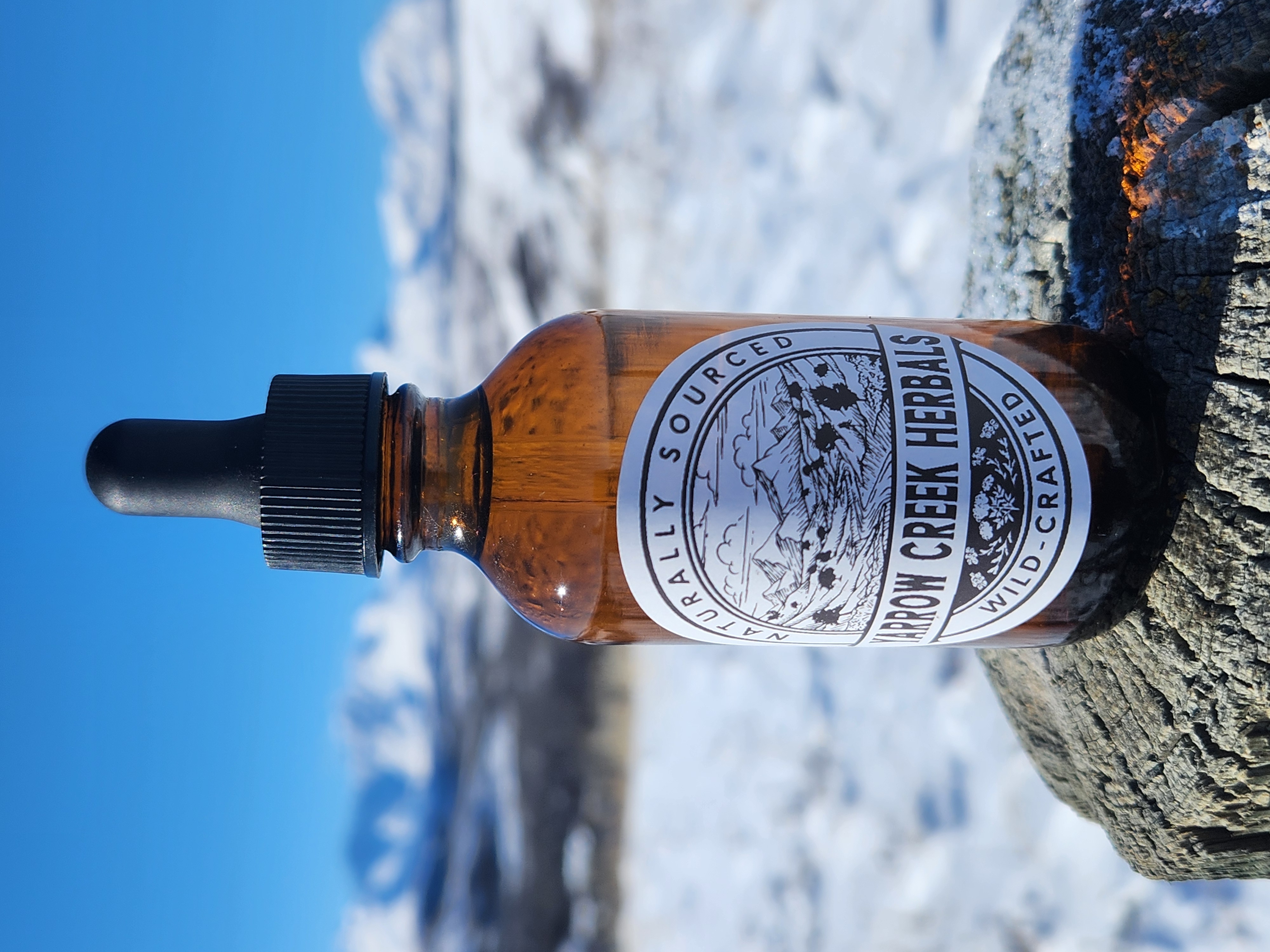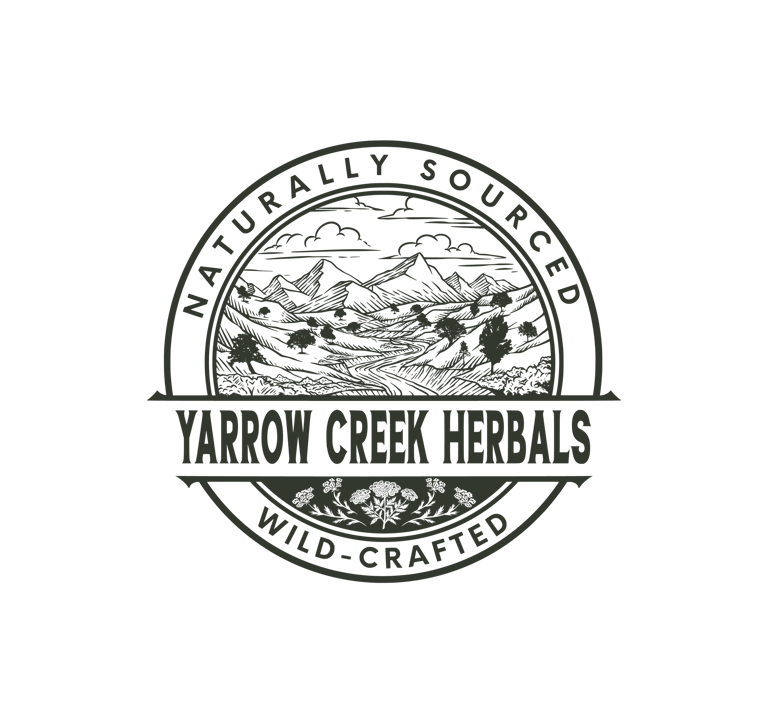
Rhubarb Extract
Bright Gut Support & Gentle Spring Cleanse
CA$25.00
Herbal Highlights & Research
Rhubarb Stalk (Rheum spp.)
• Antioxidant protection – The stalks are rich in polyphenols and anthocyanins; studies show stalk extracts neutralize oxidative stress and protect cells from everyday environmental damage.https://pmc.ncbi.nlm.nih.gov/articles/PMC7154833/
• Antibacterial activity – Aqueous extracts from rhubarb stalks show broad antibacterial effects (against both Gram-positive and Gram-negative bacteria) in lab tests, suggesting potential for helping protect against bacterial overgrowth. https://www.mdpi.com/2079-6382/10/8/951
• Nutritional & cultivar value – Among different rhubarb varieties, stalks are prized for their nutritional content and biological activity; many cultivars show high yield and strong antioxidant profiles in their stalks. https://pmc.ncbi.nlm.nih.gov/articles/PMC9944475/
• Traditional use: Gathered as one of the first spring foods to “wake up” digestion, reduce heaviness after winter, and bring seasonal renewal.
Rhubarb stalk sits at the intersection of nourishment and gentle medicine — a tangy spring vegetable that generations gathered as one of the very first fresh foods after winter. For generations, people gathered the stalks as some of the very first fresh food after winter, a way to shake off heaviness and bring life back into the body. Unlike the root, which is a strong laxative, the stalk is much gentler: more about nourishing and refreshing than purging.
Traditionally, rhubarb stalks were seen as a spring tonic — a food-medicine that “woke up” sluggish digestion, lightened the system, and helped clear away the winter build-up. They’ve always carried that dual gift of cleansing while also feeding, which is why they’ve held a place at the seasonal table.
Modern research backs up this folk wisdom. The stalks are rich in polyphenols and anthocyanins — the pigments that give them their deep red-green color — and these act as antioxidants to protect the body from everyday stress. Lab work also shows broad antibacterial activity, adding to their role in supporting a healthy gut environment. And when you look at their nutrient profile, rhubarb stalks bring plenty of potassium, calcium, magnesium, and vitamin C — minerals and vitamins that strengthen and replenish.
For me, rhubarb extract is about balance. It’s a light reset for the gut, a way to feel clearer and more comfortable without being harsh. It’s like the taste of spring itself: crisp, cleansing, and full of renewal.
How to Use
• Digestive & Tonic Use: Take 1–2 mL (20–40 drops) in water, up to twice daily.
• Short-Term Use: Best taken for 1–2 weeks in spring or after heavy meals to reset digestion. Prolonged daily use is not recommended.
• Timing Tips: Take before meals to stimulate digestion, or between meals to support gentle liver and metabolic activity.
• Gentle Approach: Start at the lower dose and increase slowly if needed, as some individuals may be more sensitive.
Ingredients
Fresh rhubarb stalk (Rheum spp.), Alcohol (40%).
Safety Note
Best suited for short-term, seasonal use in adults. Avoid during pregnancy and breastfeeding. May loosen stools in sensitive individuals — reduce or discontinue if this occurs. Consult your healthcare provider if you take prescription medications (especially anticoagulants, cardiac glycosides, or diuretics) or if you have underlying medical conditions. Not intended for long-term daily use.
See Disclaimer / Terms and Conditions for shelf life guidelines.
